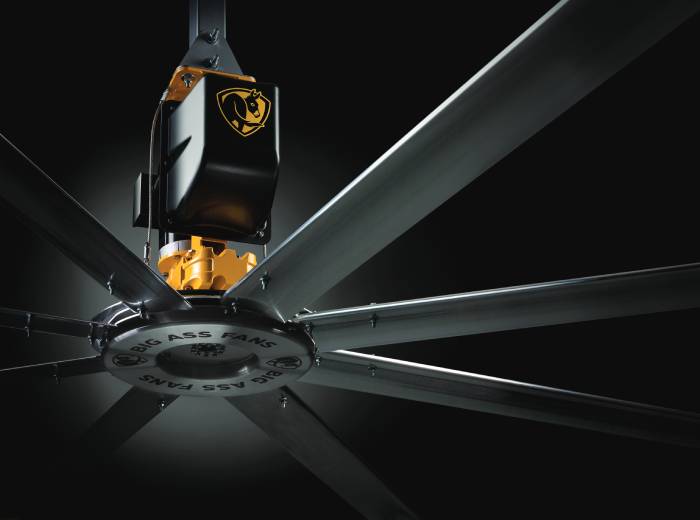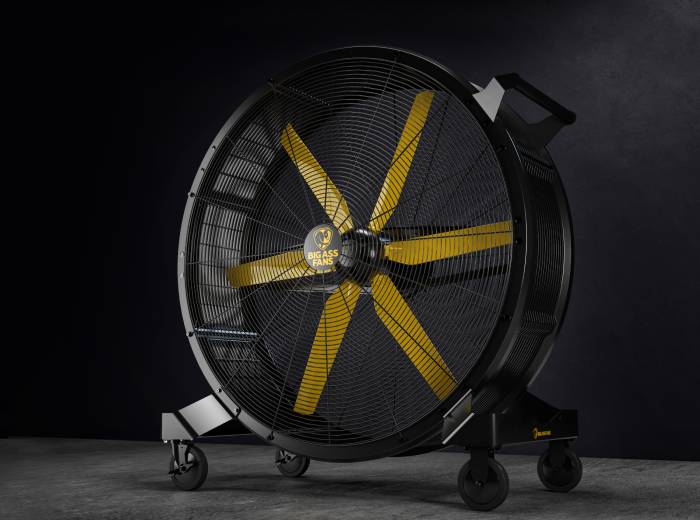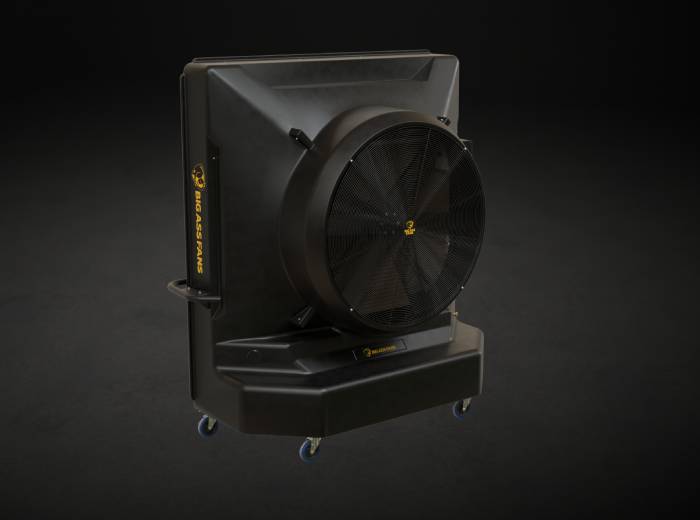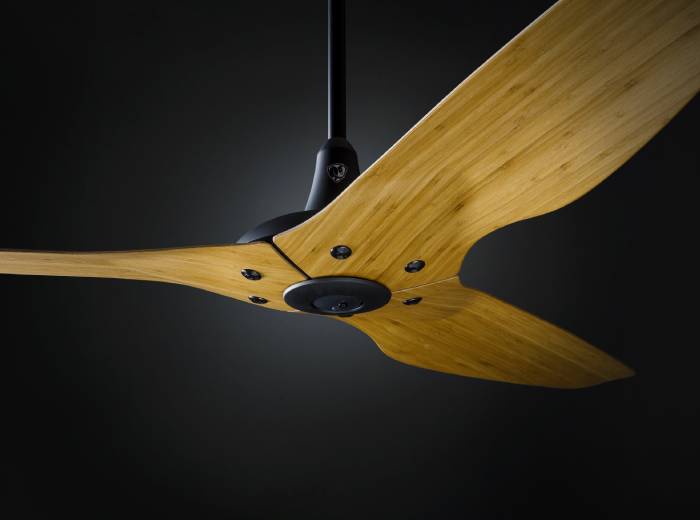-1.png?width=1220&height=600&name=unnamed%20(3)-1.png)
Key Parts of a Ceiling Fan and Their Functions
At first glance, a ceiling fan seems like a simple fixture; flip a switch, and the blades spin, providing a cooling breeze. But behind that basic function is a well-orchestrated system of components working in harmony. The anatomy of a ceiling fan includes several internal and external parts, each contributing to the fan's stability, performance, safety, and even aesthetics.
Understanding the different parts of a ceiling fan and how they work isn’t just useful for DIY repairs or routine maintenance, it also helps you make smarter decisions when buying a new fan or upgrading an existing one. Whether you're a homeowner, contractor, or interior designer, knowing your ceiling fan parts list can make all the difference.
overview: how a ceiling fan works
Ceiling fans convert electrical energy into mechanical energy using an electric motor. When powered on, electricity flows through the motor, generating a magnetic field that causes the motor’s rotor to spin. This spinning motion is transferred to the fan blades, which are angled or “pitched” to push air down (or up, in reverse mode).
The result is continuous air circulation. In warmer months, fans push air downward to create a wind-chill effect that makes people feel cooler. In cooler months, many fans can reverse their direction to redistribute warm air trapped at the ceiling level. While the function may seem straightforward, it’s made possible by a series of interdependent ceiling fan components.
key parts of a ceiling fan and their functions
Let’s break down the parts of ceiling fan and their function one by one:
motor
The heart of any ceiling fan, the motor is responsible for converting electrical energy into mechanical motion. It powers the rotation of the blades and directly influences the fan's efficiency, speed, and noise level. Most residential ceiling fans use either AC (alternating current) or DC (direct current) motors, with DC models typically being more energy-efficient and quieter.
fan blades
Fan blades are the most visible component and play a critical role in airflow. Their number, shape, length, and pitch angle affect how much air the fan moves. More blades don’t always mean better performance, instead it's the combination of blade pitch and motor strength that truly matters. Blades also contribute to the fan's aesthetic appeal and are available in various materials like wood, metal, and composite.
downrod
The downrod is a metal pipe that connects the motor housing to the ceiling mount. It stabilises the fan and positions it at the optimal height for airflow. In rooms with high ceilings, a longer downrod ensures the fan hangs at the ideal level. For low ceilings, flush mount fans eliminate or shorten the downrod.
canopy
Located at the top of the fan where it meets the ceiling, the canopy covers the mounting bracket and electrical connections, giving the fan a clean, finished look. It also helps keep the wiring safely tucked away.
mounting bracket
Also called a ceiling plate, this component is attached directly to the ceiling joist. It holds the motor and downrod assembly securely in place. A high-quality bracket reduces vibration and ensures the fan remains stable during operation.
capacitor
Often overlooked but crucial, the capacitor helps the motor start and determines the speed at which it runs. Multi-speed fans typically have multiple capacitors to allow for different settings. A faulty capacitor can cause issues like a non-starting fan or inconsistent speeds.
pull chain/ wall switch/ remote control
These are your user interface options. Traditional fans come with pull chains for controlling speed and light. Modern fans often integrate wall-mounted switches or remote controls, making them easier to operate. Advanced models may include app or voice controls via smart home integrations.
lighting kit
Many ceiling fans come with an integrated lighting kit or have a light fixture attachment option. These kits add dual functionality, letting your fan double as a room light source. LED lighting kits are popular for their energy efficiency and low heat output.
housing
The motor housing encloses and protects the internal parts of a ceiling fan, including the motor and wiring. Beyond protection, it also serves an aesthetic purpose, helping the fan blend into or enhance the room's design.
optional add-ons and smart features
While the above list covers the essential ceiling fan components, today’s fans often come with fan accessories and upgrades that improve convenience, performance, and energy efficiency.
bluetooth/ wifi modules
Some fans include built-in modules for smart home integration. These allow you to control the fan using your phone or voice assistant (like Alexa or Google Home). Ideal for smart homes or commercial spaces, this feature also lets you schedule fan operation for better energy use.
reversible motor switch
Most modern ceiling fans include a switch (manual or digital) to reverse blade direction. In summer mode, the fan pushes cool air down. In winter, reversing the motor helps circulate warm air, reducing heating costs. This switch is often located on the fan housing or controlled via remote/app in smart models.
integrated sensors
High-end fans may feature temperature or humidity sensors. These can automatically adjust fan speed based on environmental conditions, enhancing comfort and energy efficiency. Some models even integrate motion sensors to turn on/off when someone enters or leaves a room.
These ceiling fan accessories aren’t necessary for basic function, but they add convenience, energy savings, and customisation, especially valuable in commercial or large residential spaces.
summary
From the visible blades to the unseen internal parts of a ceiling fan, like the capacitor or motor, every component plays a crucial role. When you understand what the parts of a ceiling fan are called and how they work together, you’re better equipped to troubleshoot performance issues, upgrade your system, or make an informed purchase.
Whether you're planning to install a new residential fan or industrial ceiling fan or update an older model, knowledge of the ceiling fan parts list ensures you're never in the dark. For expert advice, tailored recommendations, or assistance with your next ceiling fan installation, don’t hesitate to reach out to the team at Big Ass Fans.





